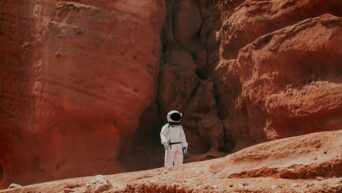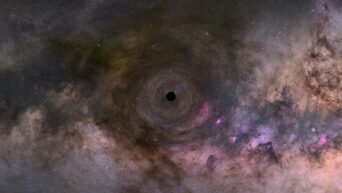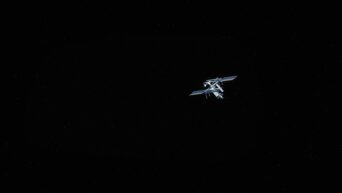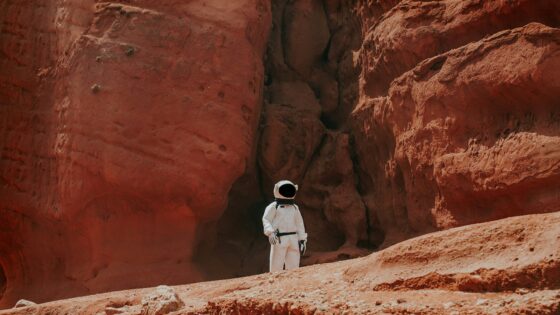
Credit: Sohail Wasif/UCR
It’s more impressive than it looks.
Theoretically speaking, all living creatures on the Earth’s surface had a singular point of origin. Some kind of creature managed to form in the primordial soup, and from that creature all known species of life evolved. The problem is that that was such a long hecking time ago, we couldn’t fathom what such a creature could even look like. Would it have legs? Tentacles? Eyes? Would it look like something I made in Spore? Thanks to the discovery a particular fossil, we have the answer: yeah, it kind of does.
A research team of UC Riverside geologists conducting a dig in Australia uncovered a fossil containing remnants of Ikaria wariootia, a genetic ancestor of modern life. Now, samples of very early multi-cell organisms like sponges and algal mats have been discovered before, but we know we have no relation to those things because they lack defining physical features. The Ikaria wariootia, however, shares an important similarity to modern life that sets it apart from those other guys: a front and a back. Ikaria wariootia is the earliest example of a bilaterian, an organism with openings on its front and back linked by a central gut. That’s right, the key similarity that links all known life together… is a mouth and a butt. Science is silly sometimes, what can I say?

Credit: Droser Lab/UCR
Despite its simple, wormy stature, Ikaria wariootia was pretty fancy for its time. Based on fossil analysis, the researchers have surmised that the creature burrowed through the ocean floor, searching for deposits of oxygen in the sand. This means that despite the lack of obvious sensory tools like eyes or a nose, it possessed some sort of rudimentary sensory capability. That’s a big deal in a time before eyeballs were a thing.
The researchers are pretty hyped about this discovery. “This is what evolutionary biologists predicted,” Professor Mary Droser said. “It’s really exciting that what we have found lines up so neatly with their prediction.”
































